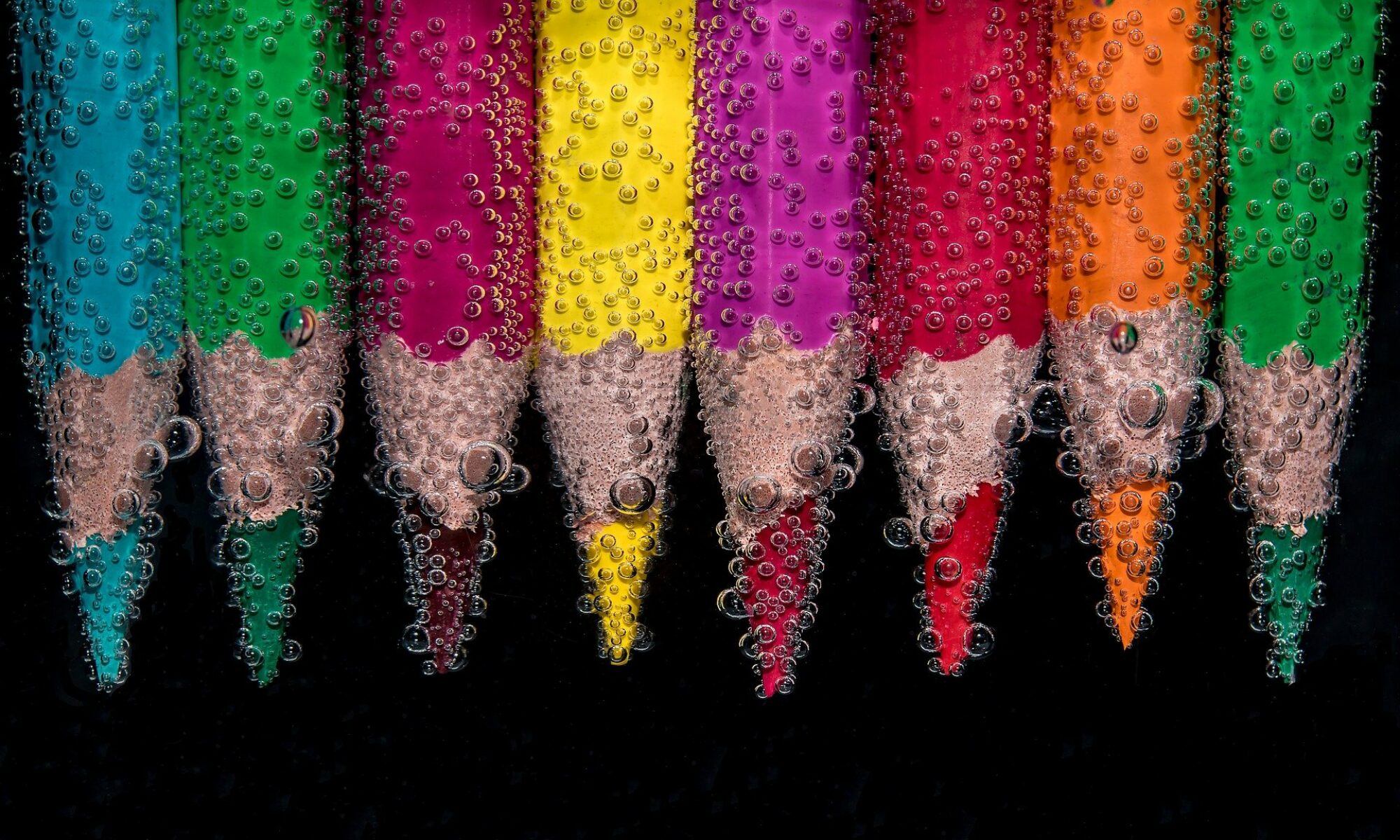Cheerful cultural melange: the border between art and design no longer exists, but a political drive is sought in vain.
Since the 1990s, interior design has played an increasingly important role in the aesthetic staging of one’s own life, alongside fashion and art. Living culture has now become a central lifestyle topic for consumers. The success of the “Design Miami” and “Design Miami/Basel” trade fairs, which were established four years ago, clearly demonstrates this. As new status symbols, exclusive and extravagant furniture promises social prestige and the opportunity to stand out from the legions of other collectors.

It is hard to explain otherwise that, for example, in April 2009 at a London auction at Phillips de Pury for the “Lockheed Lounge” of Australian designer star Marc Newson, more than 1.1 million pounds were paid. This is just an uncomfortable, biomorphic-looking chaise longue made of shiny silver aluminium that was produced in the 1980s. Granted: Although the furniture has the elegance of an automobile like the Bugatti Atalante from the 1930s, even painters spoiled by success can usually only dream of the sales proceeds.
Furniture objects as “collectable sculptures
In the meantime, however, the end of the price spiral has been reached: Marc Newson’s record result could not be repeated, so it remained singular. At the last London design auction of Philipps de Pury on 15 October 2009, the peak of emotions was already reached at 150,000 pounds. That was all there was for Charlotte Perriand’s important 1950 bookshelf. Only a sofa by Jean Royère from the same period also made it into this almost modest price range. So the boom is over for the time being due to the difficult global economic situation.
Nevertheless, the circumstances under which some designs are manufactured, sold and perceived today are highly remarkable. Marc Newson, for example, describes his furniture objects as “collectable sculptures”. And indeed, the appearance of interior design is demonstratively approaching that of art, so that one gets the impression that some designers actually prefer to be perceived as artists.
Newson’s prominent colleague Ron Arad builds furniture that looks as if its eccentric shapes could be placed in the sculpture departments of art museums. Humberto and Fernando Campana from Brazil successfully accumulate stuffed animals into overhanging armchairs, as if the artist Mike Kelley had transformed his sewn-together stuffed animals from the nineties into seating furniture. The designer Rolf Sachs sprays chairs with paint using the dripping technique so that they look like transformed paintings by Jackson Pollock. And the Korean artist Kwangho Lee designs lamps made of twisted cords that barely fulfill their function as luminous bodies and whose bulky aesthetics are reminiscent of Eva Hesse’s objects and installations from the sixties.
Furniture in tiny editions
Design has long since ceased to be merely the rational design of functional industrial products. Rather, so-called “design art” wants to share in the prestigious aura of art. This concerns both the increasingly artificial appearance of the works and their forms of distribution. For example, Marc Newson and Ron Arad produce their furniture in tiny editions of one to ten copies. Collectors’ desire is to be fuelled by this artificial scarcity – a simple but obviously effective marketing concept. Ron Arad freely admits his elitist business policy: “When something is expensive, people simply love to know that they have the privilege of owning a limited edition piece. There’s something ridiculous about this attitude, as the designers pretend to be artists who have made a bronze sculpture.
Amazingly, the overlapping or blending of the identity-creating categories of art and design is done from two sides: While some designers act like artists, artists increasingly act like designers. In this context, Jorge Pardo, Tobias Rehberger, Angela Bulloch, Andrea Zittel, Olafur Eliasson, and the van Lieshout studio can be mentioned, as well as Donald Judd, Franz West, Siah Armajani, and Scott Burton as representatives of an older generation. Especially the Cuban artist Jorge Pardo, who lives in Los Angeles, has been breaking down the hierarchies and boundaries of art, design and architecture since the early 1990s. For Pardo, whether a lamp he designed is an object of everyday use with a sculptural appearance or a sculpture with more or less functional use are not mutually exclusive aspects.
Jorge Pardo wants to be an artist
In addition to decorative lamps, he designs and builds tables, seating, curtains, floor coverings, bars, restaurants and now entire houses. His often organic-looking vocabulary of forms is fed by models ranging from Art Nouveau and classic modernism to the design history of the fifties and seventies. So is Pardo ultimately only a designer who, with the help of his gallery owners and collectors, has succeeded in placing his eccentric objects in the art world in a prestigious and profitable way?
In order for him to be received as an artist, he expressly calls his studio and company “Jorge Pardo Sculpture”. One has to give him credit for the fact that his objects are too artificial and complex to simply be put into the design drawer. However, as already mentioned, designers have now also recognized this trend and are also orienting their products to the demands of the complex and limited. Similarly, the aspect of non-functionality does not provide a clear way of distinguishing between the two, when Pardo hangs his lamps at about knee height or when the lamps illuminate the room rather than the room itself. This is because some designers reject the traditional demand for functionality and thus seek the nimbus of the artistic.
A café designed by Tobias Rehberger
With regard to the question of attribution, one could assume that at least the contexts in which art and design are presented would help. However, this aspect cannot be relied upon either. After all, Jorge Pardo’s objects are not only shown in art galleries and art museums, but for the past four years have been appearing again and again at the Wright auction house in Chicago, which actually specializes in design. At the same time, Patrick Seguin is exhibiting Richard Prince’s new works of art in his design-focused gallery in Paris.
The German artist Tobias Rehberger, who received the Golden Lion at this year’s Venice Biennale as an award for his café design, is facing a similar fate: his sculptural tables and lamps, beds, benches, bars, and pavilions are not only featured in art magazines and museum catalogues, but also in current books on “Furniture and Interior Design”. Admittedly, Rehberger himself emphasizes: “There is no difference that has to be detected from the outside. At the same time, however, he and his galleries attach great importance to the fact that he is profitably perceived as an artist.
Gallery owners show art and design without distinction
To make the confusion complete: not only do artists and their work appear in the design context, but designers and their objects appear in the art world as well. For example, Marc Newson produces some of his expensive furniture for Larry Gagosian’s gallery group, which otherwise specializes in art, and exhibits it there. The gallery owners Matthew Marks in New York and Emmanuel Perrotin in Paris also indiscriminately show both art and design in their rooms.
The institutional context in which an artist or a designer appears does not therefore provide a clear criterion for differentiation due to this crossover. In summary, it can be said that neither the forms of appearance nor the conditions of production and distribution nor the contexts can serve as unambiguous criteria for differentiating art and design. There are no longer any obvious modes of being of the objects, but only blurred identities and assertions guided by interests.
Historical avant-garde with political ambitions
From a historical point of view, questioning or even abolishing the clear distinction between free and applied art, between autonomously working artists and craft-oriented designers is nothing new in principle. In the first third of the 20th century, the painters of the Bauhaus, Russian Constructivism and also the Dutch De Stijl movement were active in many areas across all media: Theo van Doesburg designed buildings, house facades, and interiors, Alexander Rodchenko – who called himself an “artist-engineer” – designed magazines and costumes, while Kasimir Malevich was intensively involved with tableware and textile patterns.
El Lissitzky developed exhibition spaces, and Vladimir Tatlin and Joself Albers built seating furniture. As he wrote in 1919 in the founding manifesto of the Bauhaus, Walter Gropius wanted to tear down the “haughty wall between craftsmen and artists” and strive for the cooperation and unification of all the arts. The great difference to today’s artists and designers can be seen, among other things, in the fact that the historical avant-garde was guided by a pronounced socio-political impetus and wanted to achieve a collective renewal and shaping of the entire reality of life. Our contemporaries, who are completely fixated on their individual careers, are far from such ideals.
Condemned as a lifestyle phenomenon
When formerly separate cultural categories overlap, mix and thus boundaries and hierarchies are partially dissolved, the question remains how to deal with this. Some tend to celebrate the development of the relationship between art and design euphorically in the sense of a cheerful cultural melange, as a new fusion of art and life. Others, however, condemn and reject the hybrid connection as an uncritical, merely superficial lifestyle phenomenon.
Ultimately, it depends on the self-image of the producers, whether they see themselves as artists or designers, especially since they themselves still make this distinction. But there remains the unpleasant feeling that we are sometimes dealing with designers who have merely thrown on the artist’s cloak, or that we are dealing with artists who sometimes deliver only eccentric design for the art business that offers only very limited intellectual experience.
